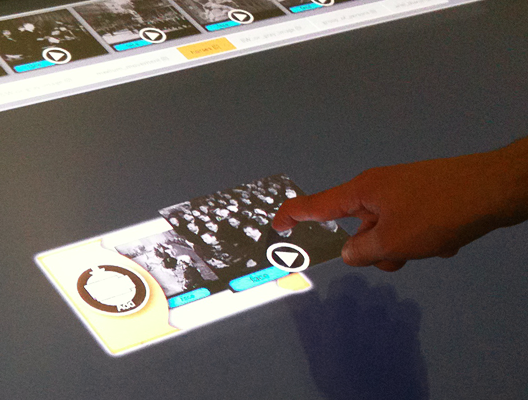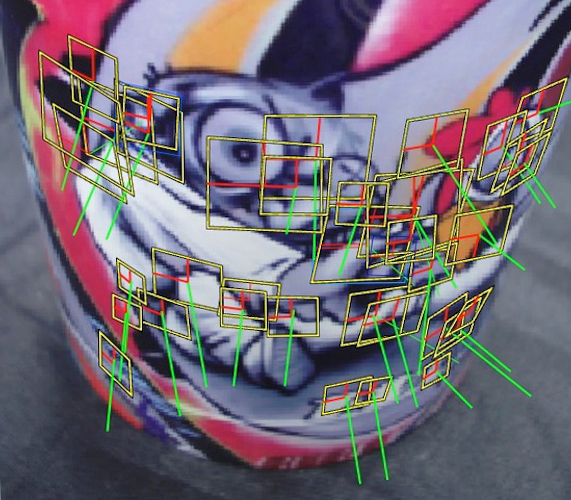Daniele Pezzatini will present “Interactive Video Search and Browsing Systems” at the 9th International Conference on Content based Multimedia Indexing in Madrid on Monday 13 June 2011.

Interactive Video Search and Browsing Systems: MediaPick
Daniele will present two interactive systems for video search and browsing; a rich internet application designed to obtain the levels of responsiveness and interactivity typical of a desk- top application, and a system that exploits multi-touch devices to implement a multi-user collaborative application. Both systems use the same ontology-based video search engine, that is capable of expanding user queries through ontology reasoning and let users to search for specific video segments that contain a semantic concept or to browse the content of video collections, when it’s too difficult to express a specific query.
